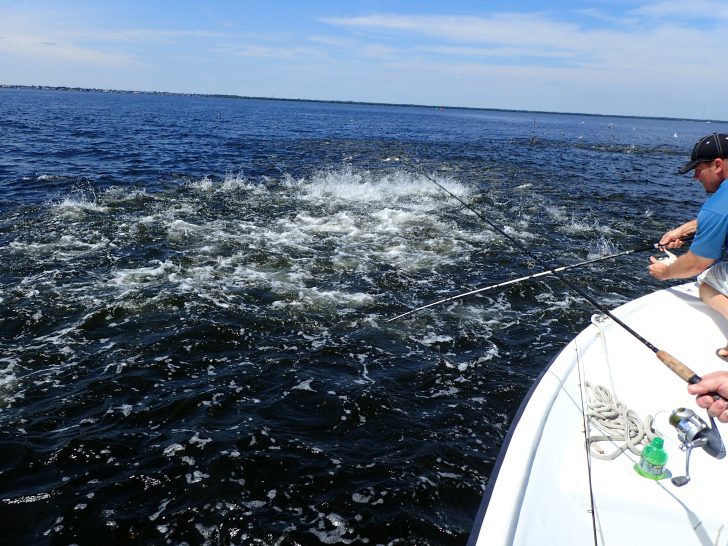Start of the Fishing Fever
At last, April is upon us and with it comes some of the best fishing Tampa Bay has to offer. Anglers from Double Branch in the North to Bishop Harbor in the South are treated to some of the best inshore fishing anywhere in the State. Snook start their migration from the creeks and rivers to the flats and eventually to the passes to spawn by the first full moon of May.
Redfish and trout that call the flats home all Summer long, start bulking up on the greenback sardines. This live bait treat starts the ball rolling in the Spring and lasts until the first cold snap in the Fall. So, look for the bait along the mangroves and, not far from there, you’ll find the fish.
Look for mangrove snapper around rock piles and under the bridges. The best baits will be medium live shrimp or small greenback sardines. I started using a Yellowtail jig, new in this area but very popular down South and in the Keys. It’s nothing more than a 1/0 hook with 1/8 or 1/16-ounce weight on the shank of the hook. It comes in four different colors–super for catching mangroves and flounder.
Tripletails are number 10 on my food scale for taste and the same goes for a tough fighting fish. Live shrimp works wonders on these guys. Freeline them around crab trap buoys or range markers. They do spook easily, so keep your distance and let the bait drift around the buoys. Sometimes it takes more than one presentation for them to take the bait.
Spanish mackerel and cobia also follow the bait inside the Skyway Bridge. The bigger baits will hang around tripods, artificial reefs and rocky bottoms that abound from channel A just inside the Skyway Bridge to the Howard Franklin Bridge to the North.
I find Spanish mackerel fishing exciting and most productive for my clients. I make it a point to start my morning by searching for a school of big mackerel to get the adrenalin going. After boating 20 or 30 mackerel, it’s time to move on and start another hunt.
My method for fishing Spanish mackerel is very simple. Find the bait, anchor up and start a chum line to keep the mackerel feeding behind the boat. Cut greenbacks will work great. A 5-pound box of frozen chum also does the trick. Using light action tackle such as a 7.5-foot rod, 3000 spinning reel with plenty of 15-pound test braided line, and a #1/0 XX long shank hook with 30-pound test fluorocarbon leader about 32 inches long works well. The XX long hook eliminates the need to use wire leader and increases your bites.
Hillsborough County has six artificial reefs that produce great quantities of Spanish mackerel every year. The information with GPS location can be obtained from the Florida Fish and Wildlife Conservation Commission, and they can even mail you their brochure upon request.
If you have kids, mackerel can entertain them all morning long. Also, remember that redfish and snook are great to catch, but sometimes hard to find and slow to bite. Make this April a family affair with the kids by putting them on some fast mackerel action.
Greenback sardines are the best bait for mackerel. I prefer catching the bait. It’s part of the fishing trip or, as I like to say, “making it an adventure for my clients as they are watching how it’s done.” There are three basic ways to catch bait, using the traditional 10-foot bait cast net, BallyHoop Net or the WhyTangle Hook Tunnel for use with a Sabiki rig. If you can’t throw a net or have a bad back, the last two mentions are a great substitute and well worth the investment in the long run.

